
Depth Perception: How We See the World in 3D
Ever tried to catch a ball but ended up looking like a flailing octopus? 🤷♀️ That’s depth perception playing tricks on you! Depth perception is that magical ability that allows us to see the world in three dimensions. It’s what helps us judge distances, avoid bumping into furniture, and, let’s be honest, not embarrass ourselves in front of friends. So, how does this all work? Grab a comfy seat, maybe a snack, and let’s dive in!
What Are Depth Cues?
Depth perception arises from a variety of cues that help our brains interpret the world around us. These cues can be broadly classified into two categories: binocular cues and monocular cues. Sounds fancy, right? But don’t worry; it’s not as complicated as it sounds!
Binocular Cues: The Dynamic Duo
Binocular cues rely on both of our eyes working together. Each eye sees a slightly different image, and our brain cleverly combines these images to create a three-dimensional view. This is known as stereopsis. Think of it as your brain’s way of throwing a mini party with the two images it receives. 🎉
Some of the key binocular cues include:
- Retinal Disparity: The slight difference in the images seen by each eye. The greater the disparity, the closer the object is.
- Convergence: When you focus on something close, your eyes turn inward. The more they converge, the closer the object is.
Monocular Cues: One Eye to Rule Them All
Now, what if you’ve lost an eye in a duel with a pirate? Fear not! You can still perceive depth using monocular cues, which only require one eye. These cues are particularly useful for judging distance when binocular vision isn’t available. Here are a few monocular cues to keep in your back pocket:
- Size: If something looks smaller than usual, it’s probably farther away. Unless it’s a really tiny dog, then all bets are off.
- Texture Gradient: As surfaces recede into the distance, their texture appears finer. Think of it as the world getting a blurry filter.
- Motion Parallax: This is when objects closer to you move faster than those farther away as you move. It’s like watching a movie, but you’re the star!
Why Depth Perception Matters
Without depth perception, life would be like trying to navigate a maze with a blindfold on. It affects everything from driving to playing sports to simply walking down the street without crashing into a lamppost. 🏙️
Interestingly, some animals have unique ways of perceiving depth. For instance, birds bob their heads to gauge distances, while squirrels take a zigzag approach when assessing their surroundings. If only we could all be that agile!
Conclusion: Seeing the World in 3D
In a nutshell, depth perception is a crucial part of how we interact with our world. Whether it’s judging how far away that slice of pizza is or figuring out if you can leap over that puddle, our brains are constantly working to keep us on our toes. So next time you find yourself tripping over nothing, just remember: it’s all part of the depth perception dance! 💃

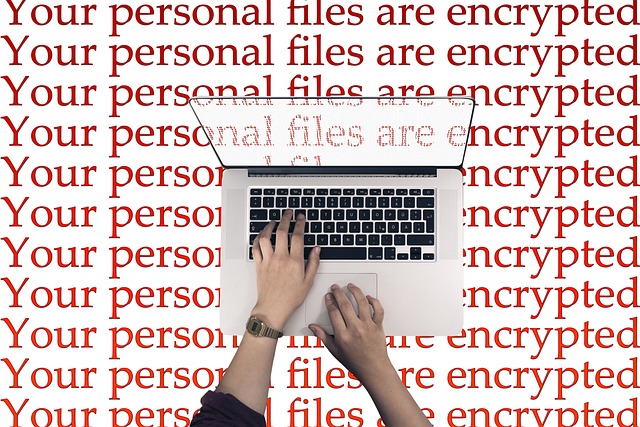

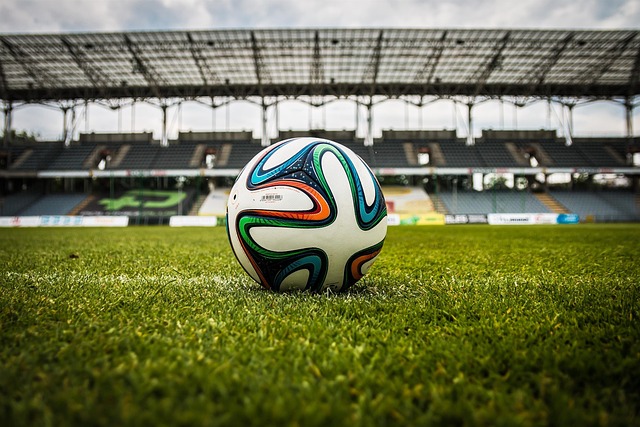





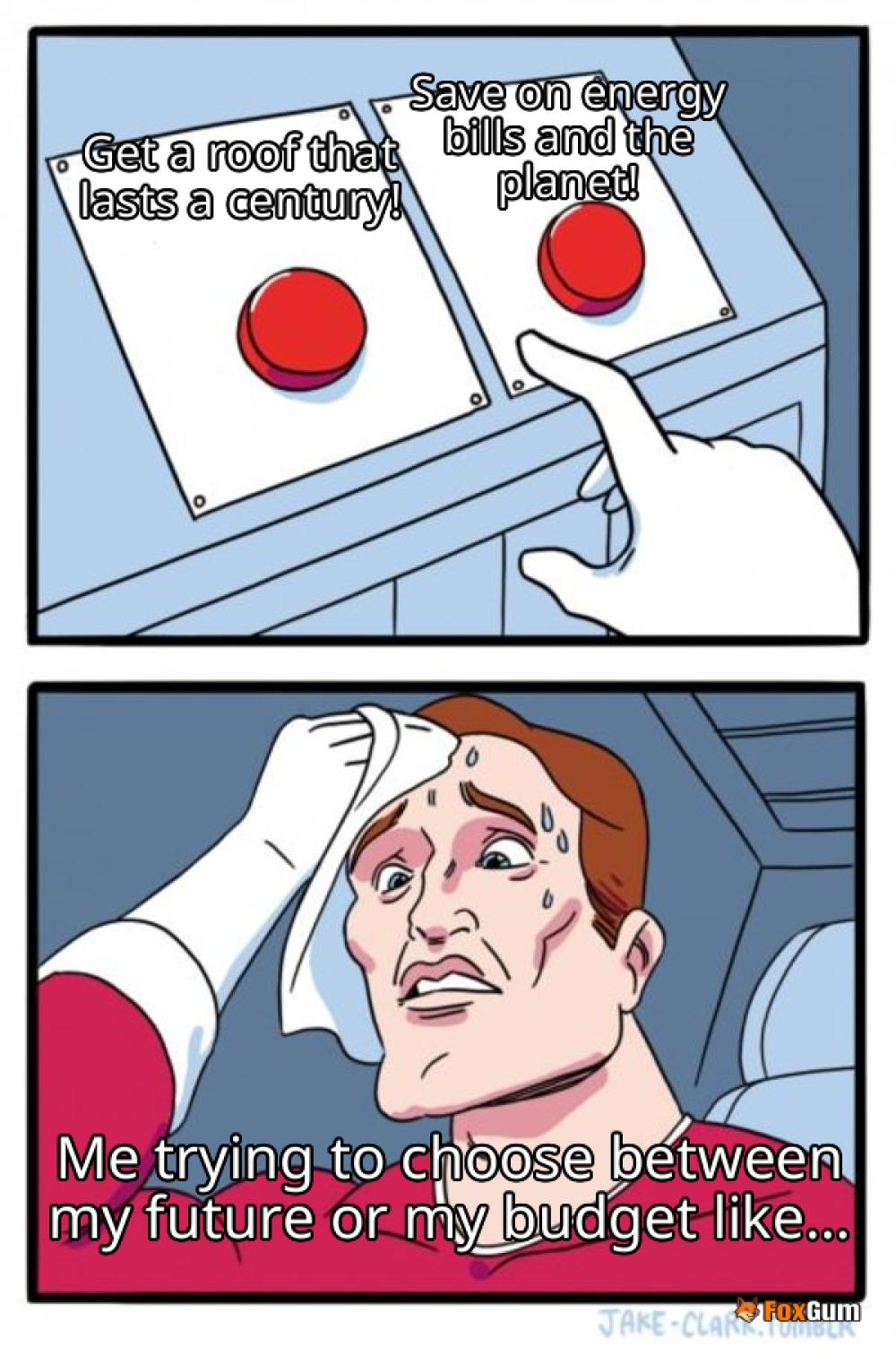
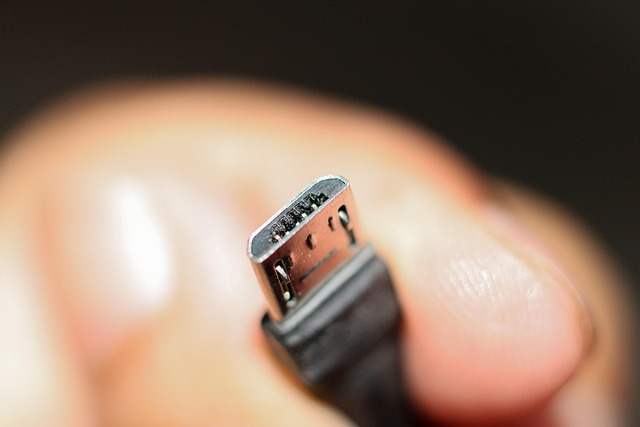


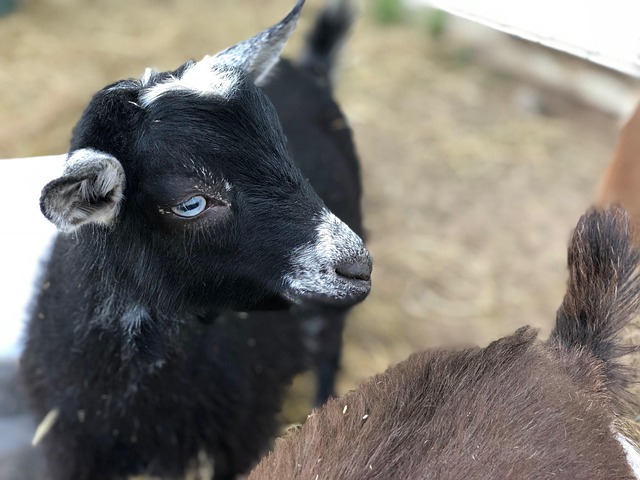
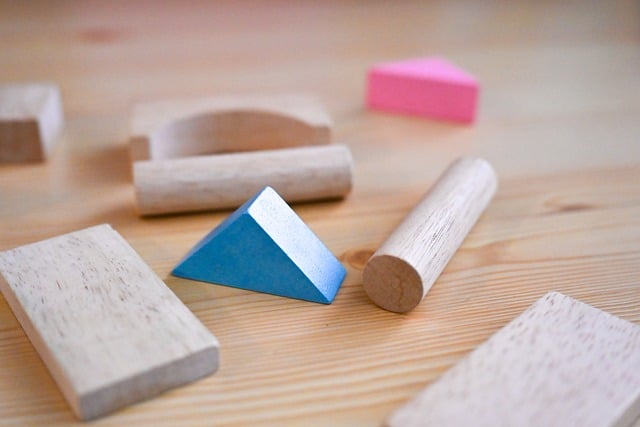


 Indulge in Adult Milkshakes at Sickies Garage
Indulge in Adult Milkshakes at Sickies Garage 
 Health
Health  Fitness
Fitness  Lifestyle
Lifestyle  Tech
Tech  Travel
Travel  Food
Food  Education
Education  Parenting
Parenting  Career & Work
Career & Work  Hobbies
Hobbies  Wellness
Wellness  Beauty
Beauty  Cars
Cars  Art
Art  Science
Science  Culture
Culture  Books
Books  Music
Music  Movies
Movies  Gaming
Gaming  Sports
Sports  Nature
Nature  Home & Garden
Home & Garden  Business & Finance
Business & Finance  Relationships
Relationships  Pets
Pets  Shopping
Shopping  Mindset & Inspiration
Mindset & Inspiration  Environment
Environment  Gadgets
Gadgets  Politics
Politics 